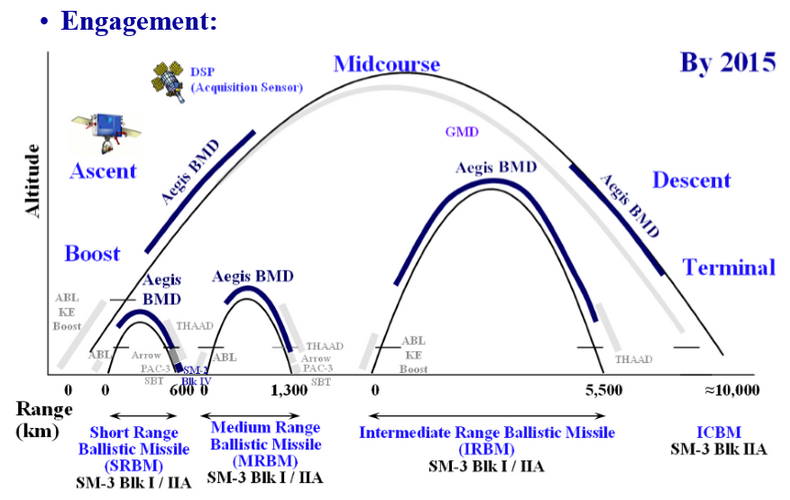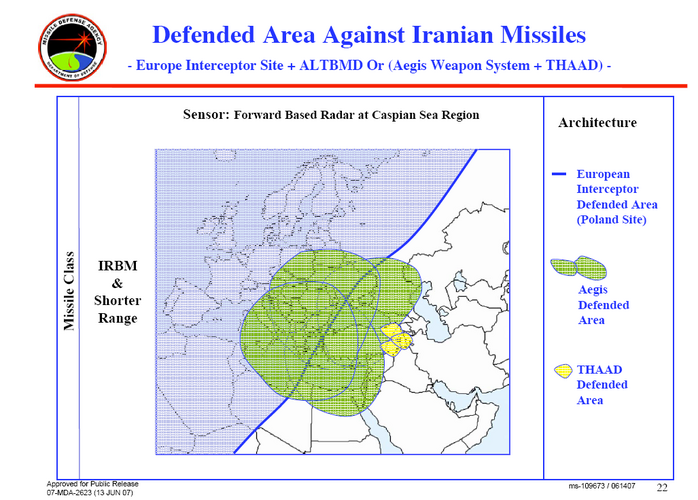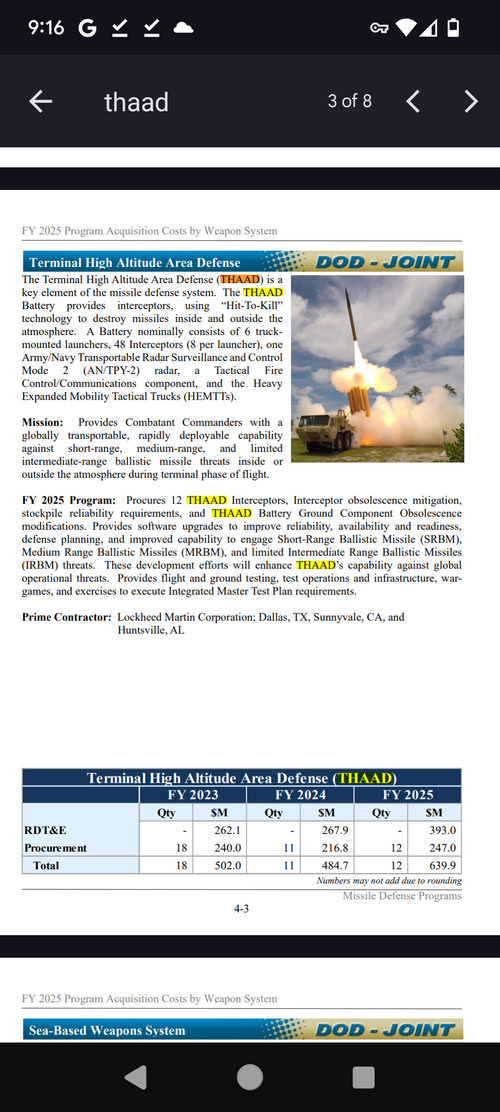Scott Kenny
ACCESS: USAP
- Joined
- 15 May 2023
- Messages
- 11,184
- Reaction score
- 13,563
I think THAAD technically has a longer range, and more importantly is able to work inside the atmosphere.With the United States Army already fielding the Typhon Mid-Range Capability (MRC) which uses four strike-length Mark 41 VLS, would the RIM-161 SM-3 Block I (13.5") or Block II (21") fired from the Typhon MRC be an acceptable substitute for the THAAD?
I'm not sure about missile costs, but I suspect that THAAD is cheaper than SM3 as well.





